This page contains tools and resources that can be used to start co-creatively tackling challenges in your own neighborhood: Communication and Voting Tools; Resources for ‘People-Oriented Transport and Mobility’; Educational and Inspirational Materials; and Guides and Best Practices.
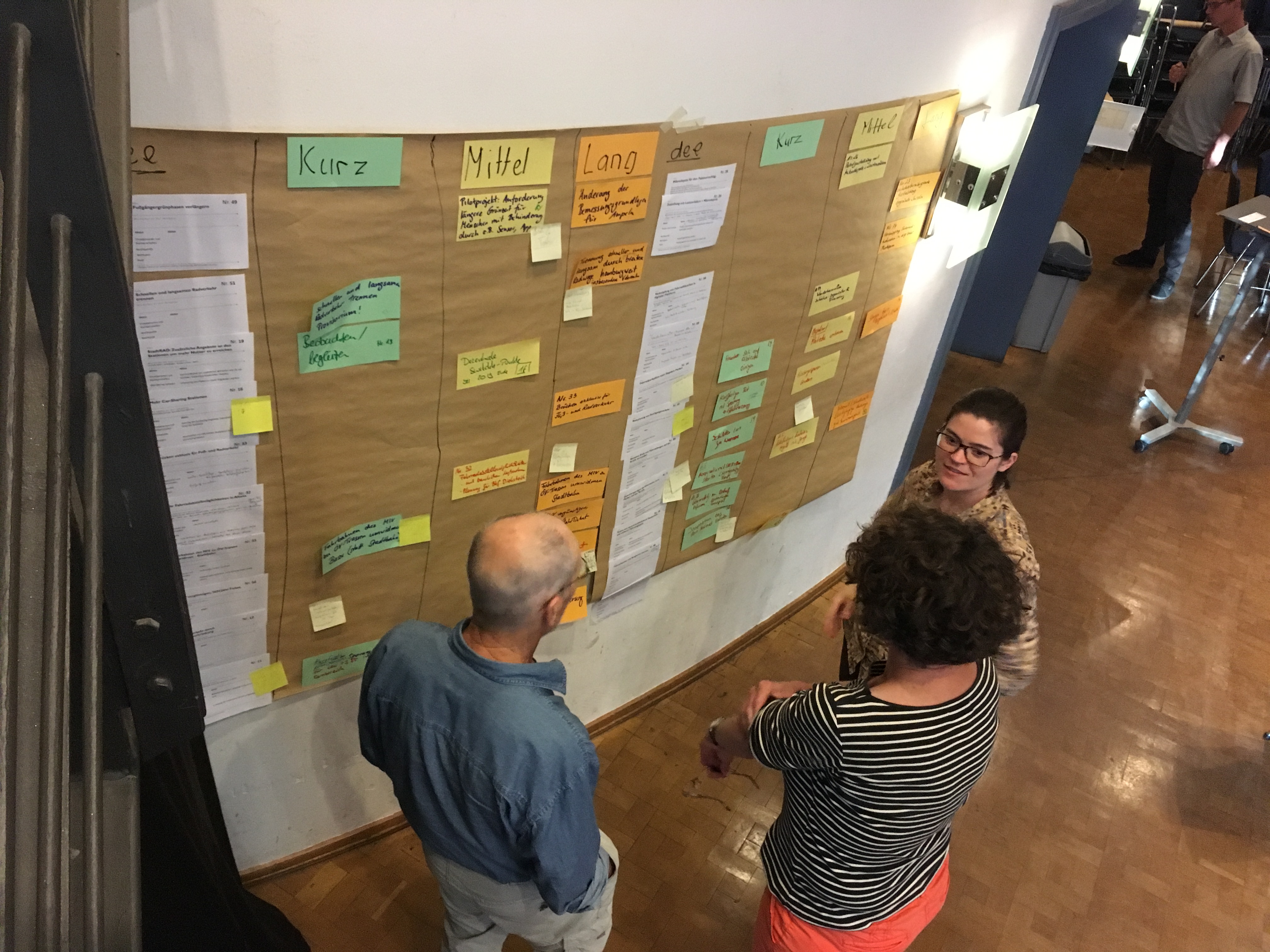
Educational and Inspirational Materials
This list includes resources for learning more about mobility, urban planning, co-creation, and interventions. It includes guidebooks and case studies to give you the knowledge and inspiration to get started making a difference in the way your own neighborhood moves.
Click here to explore the tools
- City Bikers and the Politics of Urban Space
How do cyclists claim more space in cities? This video lists three examples of how local and activist initiatives became slowly adopted by public authorities. Through these initiatives, citizens are actively taking part in shaping mobility in their neighbourhoods. For some cities, this became part of their branding and tourism. The video is taken from the course ‘Co-creating cities’ by the Amsterdam Institute for Metropolitan Studies (AMS) and Wageningen University. - Co-Creating: The Basics
Are you new to the concept of co-creation? This 7-page document sums up all you need to know about co-creating cities. The document was delivered by Leading Cities and the World Class Cities Partnership. It deals specifically with the question how co-creation can be used in the public sector. - Hands-on-Bristol
A collaboration between the Bristol School of Architecture, University of the West of England and the Bristol community, that seeks to encourage and strengthen knowledge exchange between education programmes and local communities through collaboration in live projects. - Next Hamburg
Nexthamburg is Hamburg’s open city laboratory. We give the ideas of the many a stage, put provocative future theses and scenarios for discussion and look behind data and facts . In this way, we want to inspire urban development – as a source of inspiration and an independent, open debate platform. - 100 Resilient Cities
This site provides overviews of city initiatives undertaken as part of 100 Resilient Cities. “100 Resilient Cities—Pioneered by the Rockefeller Foundation (100RC) is dedicated to helping cities around the world become more resilient to the physical, social and economic challenges that are a growing part of the 21st century.” - OLLI
Denmark’s first self-driving bus - Drive Sweden
Telecommunications company Ericsson has partnered with local Swedish public transportation and technology providers to conduct a six-month trial of two electric self-driving shuttle buses on public Stockholm roads. - Aeolian Ride
Aeolian Ride, is an international art event where the public becomes inflated sculpture on bicycles, transforming the landscape of each city. The effect is a sort of joy loop: those riding feel the elation of being a child at play, dazzling bystanders who become giddy, returning joy to the riders. - Kids as Planners in de Pijp (Amsterdam)
A short documentary on children who campaigned to have a play street in their busy neighborhood. - SUNRISE Webinars
A set of webinars discussing neighborhood mobility solutions, co-creation, and more. - Glossary of Shared Terms (in Sustainable Urban Mobility Projects)
Definitions of commonly-used terms in co-creative urban mobility projects. - Metamorphosis Case Studies
A series of case studies relating to co-creation, mobility solutions, youth-friendly development, and more. - Metamorphosis Source Materials
A set of informational materials, as curated by the Metamorphosis project, providing information on urban design and youth-friendly mobility. - Metamorphosis Links
A set of links to project websites, brochures, articles, and more related to sustainable urban mobility and youth-friendly design
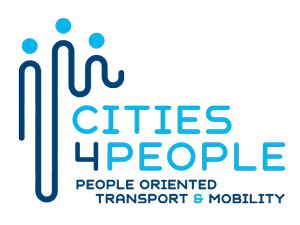








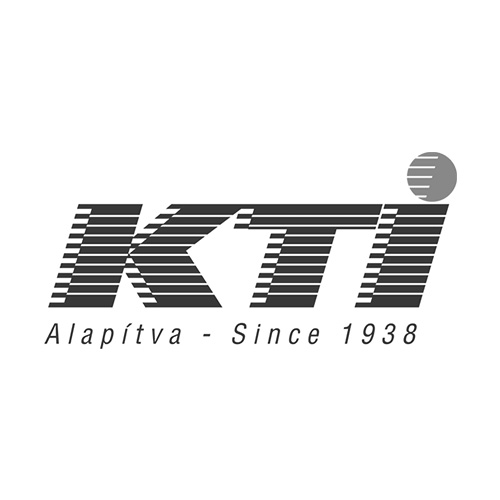
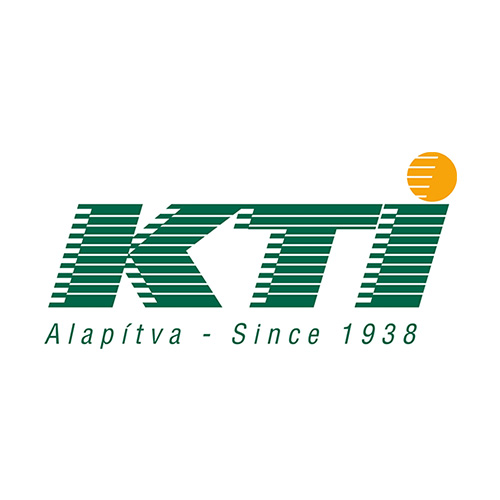
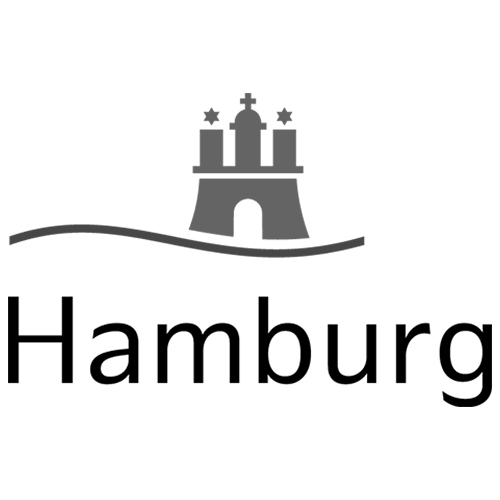
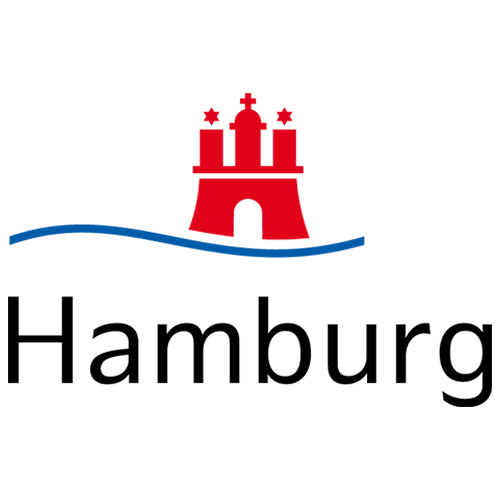


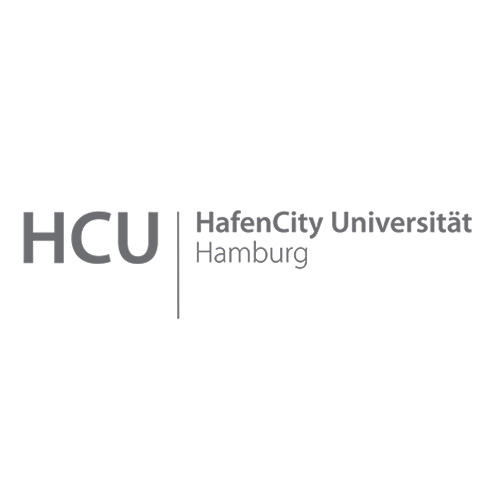
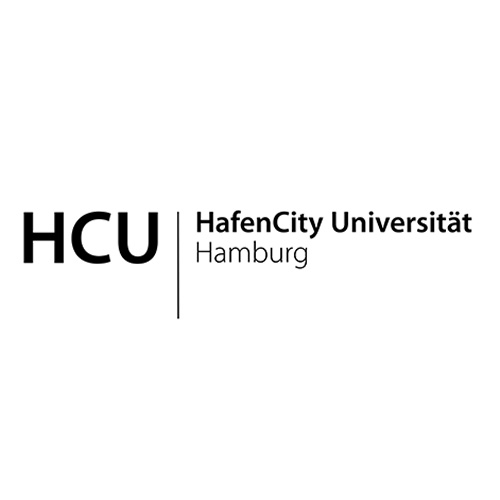

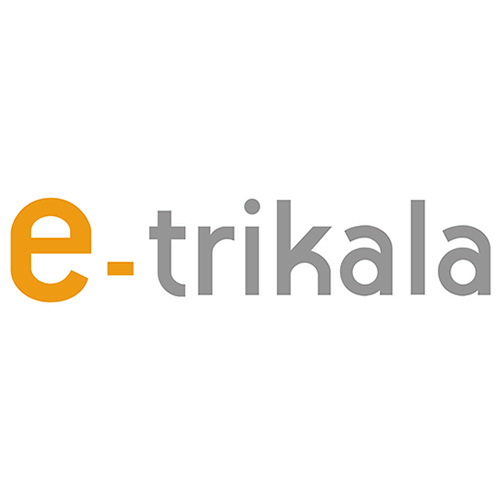








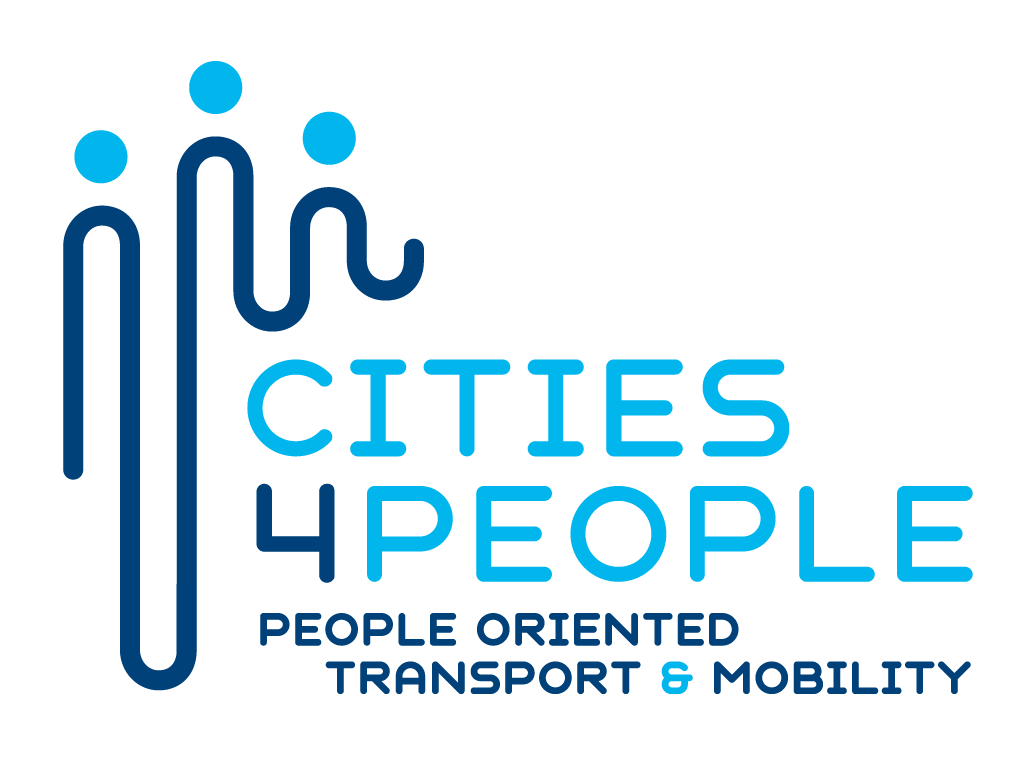
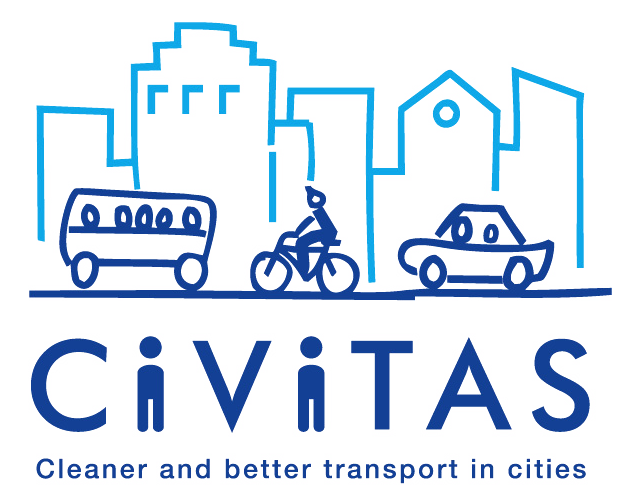


 Magyar
Magyar Ελληνικά
Ελληνικά Deutsch
Deutsch Turkish
Turkish